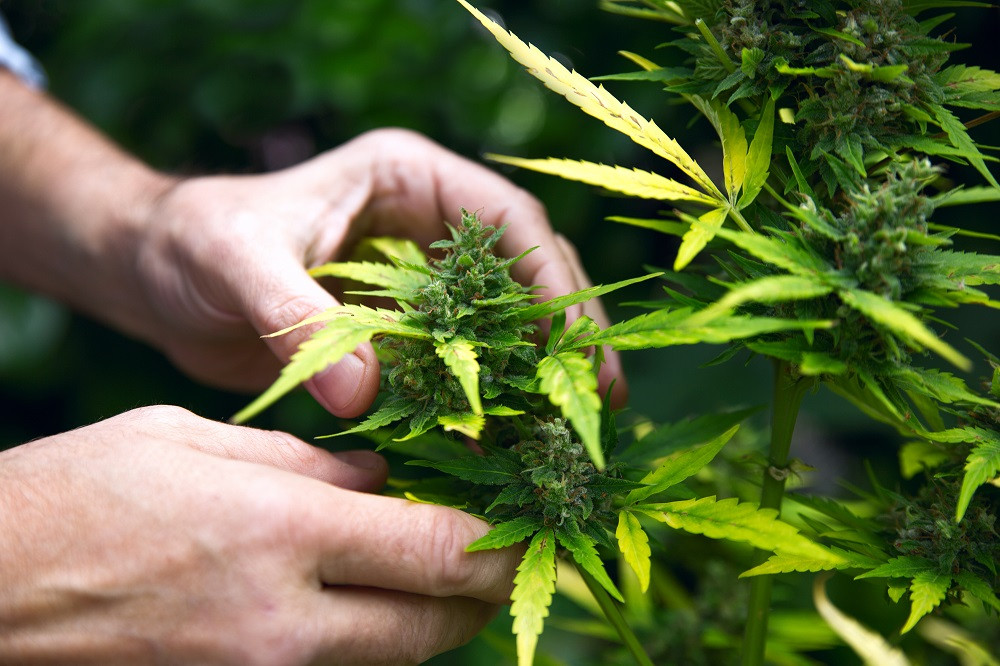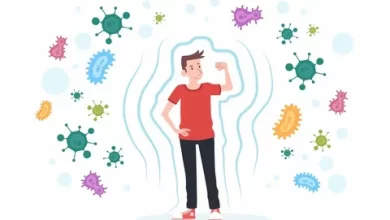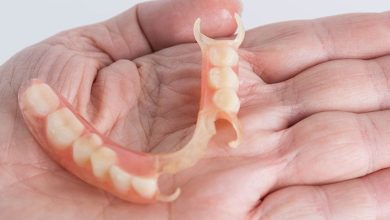Facts About Cannabis That May Seem Strange

Today, marijuana is being reevaluated on a cultural and legal level after being considered an illegal substance for decades.
Still, some researchers and lawmakers want to see more scientific evidence supporting specific benefits of marijuana. Aside from more research, there are concerns that marijuana’s potential risks could outweigh its benefits in some cases.
Curious about whether the benefits behind this substance are all they’re talked up to be? We break down some of the most researched benefits as well as a few considerations
Table of Contents
Benefits of marijuana
Currently, there are two synthetic versions of marijuana. Doctors prescribe them for the treatment of severe epilepsy and chemotherapy side effects.
The following list of marijuana benefits are some of the most commonly discussed in scientific research, as well as anecdotally.
Pain management
The cannabinoids in marijuana may reduce pain by altering pain perception pathways in the brain. This may be helpful to treat conditions that cause chronic pain, such as:
- arthritis
- fibromyalgia
- endometriosis
- migraine
It may also minimize cancer treatment side effects, like loss of appetite.
In some instances, medical marijuana is reported to help replace the long-term use of nonsteroidal anti-inflammatory drugs (NSAIDs) like ibuprofen, which can have negative side effects.
Reduced inflammation
CBD in marijuana is thought to help reduce inflammation. In theory, this may benefit inflammatory conditions, such as:
- Crohn’s disease
- irritable bowel syndrome
- rheumatoid arthritis
Decreasing inflammation in the body can also improve overall health.
Neurological and mental disorders
Due to its effects on the limbic system, doctors sometimes prescribe marijuana to treat the following neurological and mental health conditions:
- anxiety
- epilepsy
- multiple sclerosis
- Parkinson’s disease
- post-traumatic stress disorder (PTSD)
- Tourette syndrome
Sleep management
The relaxing effects of marijuana may help improve sleep disorders, such as insomnia. And improved sleep may also occur when pain is reduced from marijuana usage.
Risks of marijuana
Marijuana is said to have opioid-like effects on the central nervous system. However, it poses much fewer risks than synthetic opioids. It’s also not considered as addictive as other substances.
Those are two reasons why many advocates are pushing for marijuana legalization, so patients can have safer options for pain management. In fact, some people use marijuana as a way to treat opioid addiction.
Still, the potential risks of marijuana need to be considered in equal measure. Below are some of the side effects you should discuss with your doctor:
- Hallucinogenic effects. Marijuana may cause mild hallucinations, poor motor skills, or altered perceptions of reality. For these reasons, certain activities may be unsafe after using marijuana, such as operating heavy machinery. Do not drive after using marijuana. Not only is it unsafe, but it is illegal in every state to drive after using marijuana – even in states in which marijuana use is legal.
- Depressant-like effects. Marijuana may cause depressant effects, similar to those seen with alcohol use. You may feel calm and relaxed but also have issues with coordination and concentration. Some people may also feel depressive symptoms as a side effect.
- Stimulating effects. Marijuana may boost mood, but it may also cause hyperactivity, rapid breathing, and increases in both blood pressure and heart rate. These effects aren’t as common in marijuana compared to depressant effects.
- Other side effects. These may include bloodshot eyes, dry mouth, and increased appetite.
It’s important to know that the side effects of marijuana can vary between people. You may not know your exact experiences until after you’ve used it.
For any important information please contact us Email GadgetsNg info@gadgetsng.com
[Button id="1"]




I really like your writing!